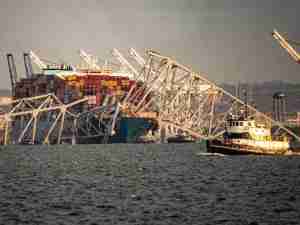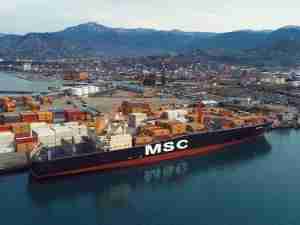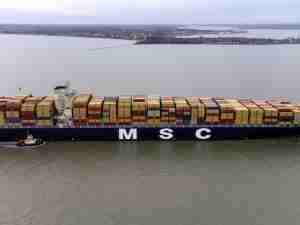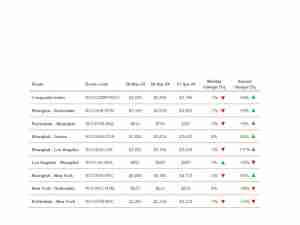TSA lines voiced optimism about the outlook for Asia-U.S. trade in 2010, based on a combination of economic indicators and forward bookings during the off-season Lunar New Year period. With 2009 cargo demand likely to fall 15-20% below 2008 levels, carriers are looking forward to a significant year-on-year increase in 2010 traffic. Among the factors contributing to a positive forecast are a likely bottoming of the U.S. job market; better-than-expected 2009 holiday sales, coupled with rising U.S. consumer confidence and spending; and the need going forward for retailers and other businesses to replenish inventories and to upgrade physical and technology infrastructures.
Forward bookings by the individual TSA lines suggest that vessel utilization levels in the trade will remain in the mid-high 90% range in most trade segments in the coming months, with a typical dip for the Lunar New Year period in Asia when factories are closed but picking up quickly after that.
'Carriers face difficult choices throughout 2010, as they ramp up their networks to meet service demand,' said TSA chairman Ronald D. Widdows. 'At the same time they will have to precisely calibrate their fleets and schedules to control costs, and also make long-term strategic decisions relating to market focus, network productivity, environmental mitigation and other factors.'
He added that 'TSA carriers have embarked on a multi-year process focused on improving the economics of the trade. The aim is to get to rate levels which will enable carriers to make the investment decisions that are required to meet customers' long-term supply chain needs.'
TSA carriers' short-term focus remains revenue improvement in the second half of the 2009-10 contract year, with many rates in major commodity segments down $1,000 or more per 40-foot container from late 2008 levels. TSA reported that member lines are actively pursuing a previously announced Emergency Revenue Charge (ERC) and that carriers are seeing a high degree of success leading up to the January 15, 2010 effective date.
'The bottom line for transpacific operators is to gradually fine-tune their operations, moving from an environment of contraction to one of preparing for growth,' Mr. Widdows said. 'That adjustment begins with a stable revenue foundation for gradual reinvestment in the trade. The ERC is a positive first step towards recovery in 2010, and lays important groundwork for the critical general rate increase to follow in the 2010-11 round of contracts.'
Mr. Widdows, meanwhile, will step down this month after serving for the past three years as TSA Chairman. Effective today, Hanjin Shipping Co. president and CEO Y.M. Kim will take over as TSA Chairman for 2010.
In addition, TSA has taken steps to strengthen its Executive Committee governing structure. Specifically, the Executive Committee will be tasked with taking on the leadership role for TSA, including responsibility for strategy and policy making, and the formulation of TSA programs.
Executive Committee membership will be expanded from four to six lines, with Maersk Line and OOCL joining APL, Ltd.; Evergreen Line; Hanjin; and N.Y.K. Line.
The Committee will be increasingly active, meeting more frequently than in the past, intensifying engagement with TSA's broader membership to provide better visibility and accelerate the decision making process.
Commenting on Mr Widdows' tenure as Chairman, Mr Kim said: 'Under Mr Widdows' leadership, TSA has moved in a different direction, increasing transparency and delivering more information to the broader shipping community. There has also been a renewed focus on engagement with shippers and shipper associations. Mr Widdows been instrumental







